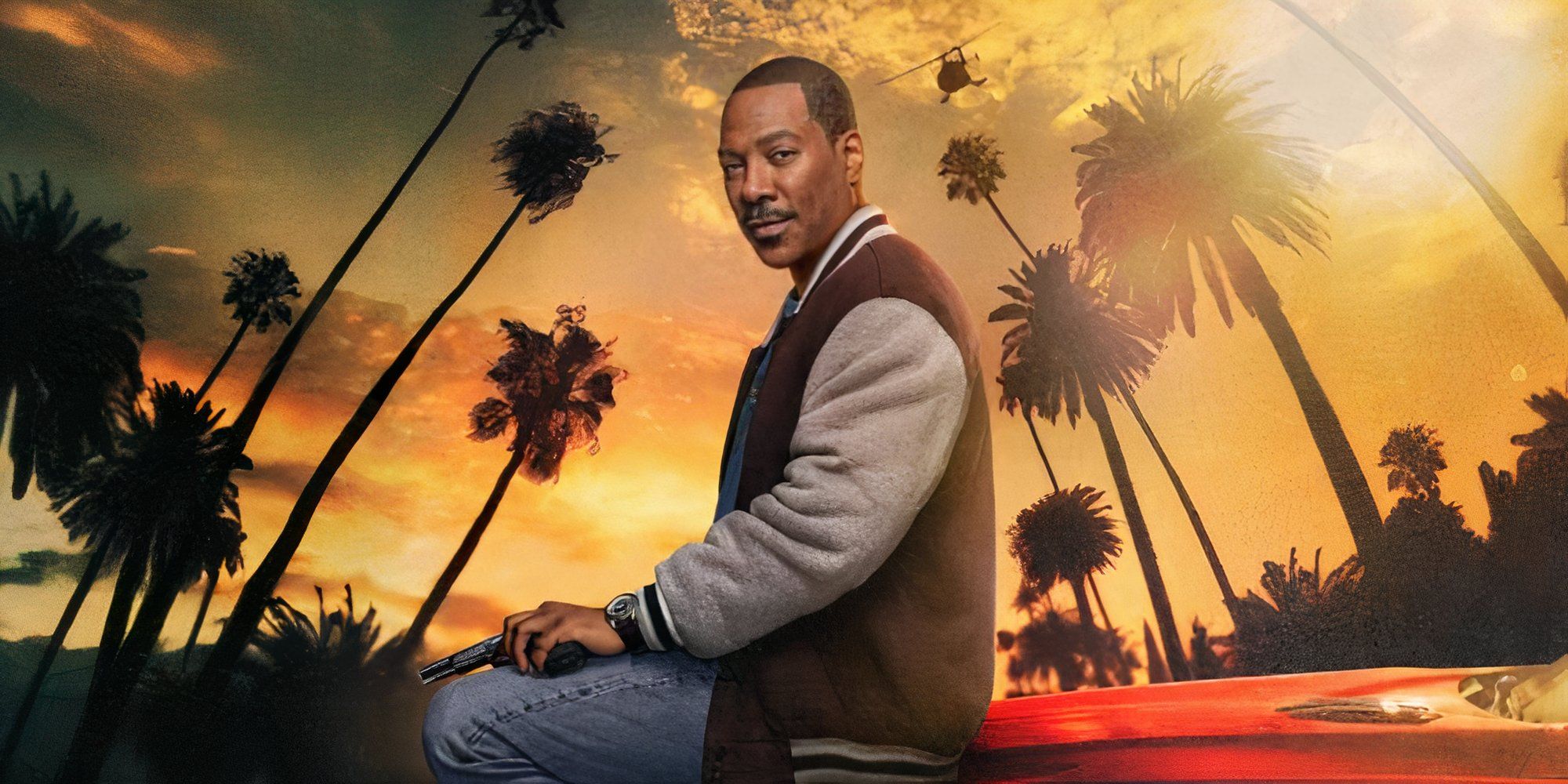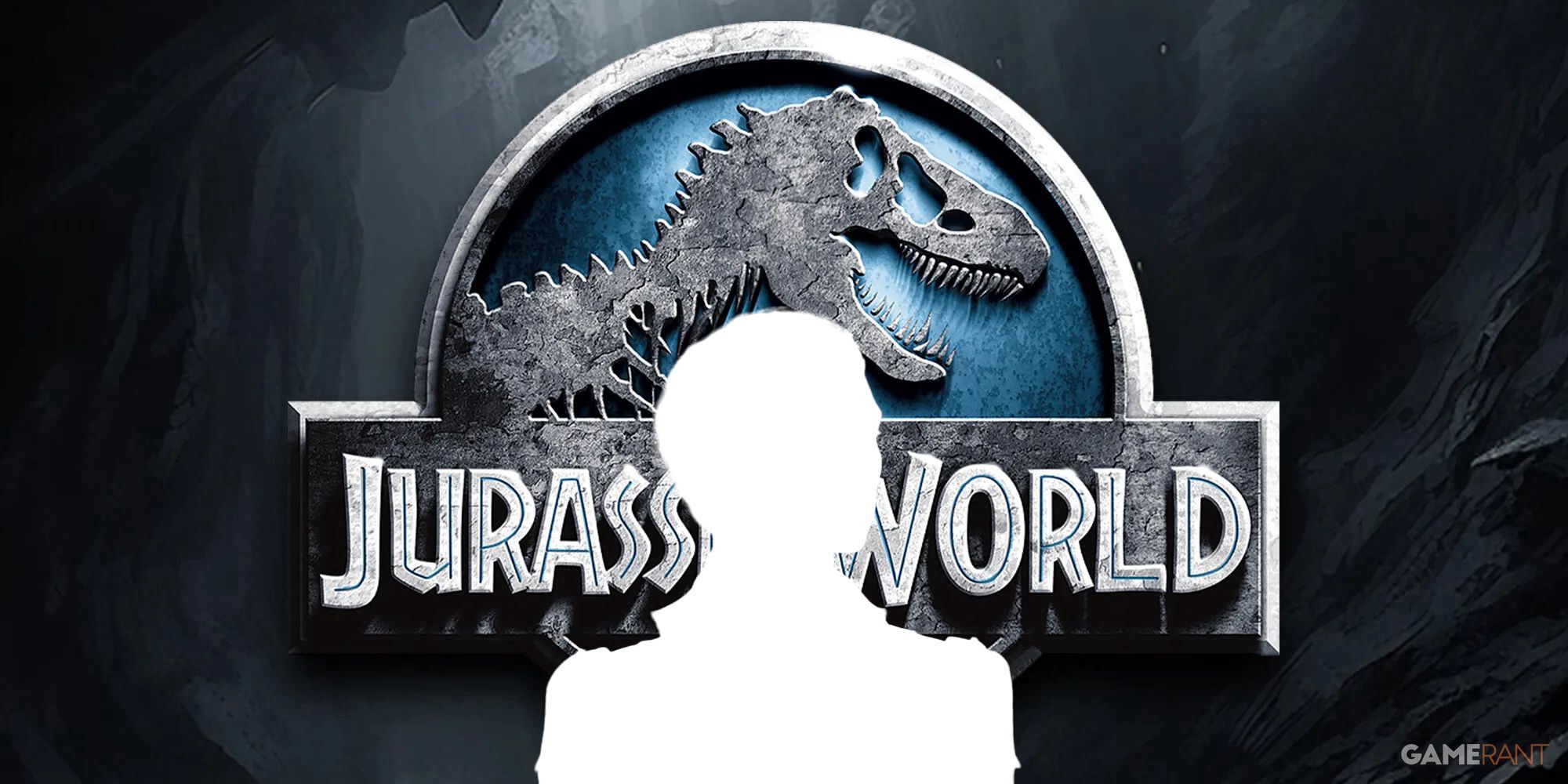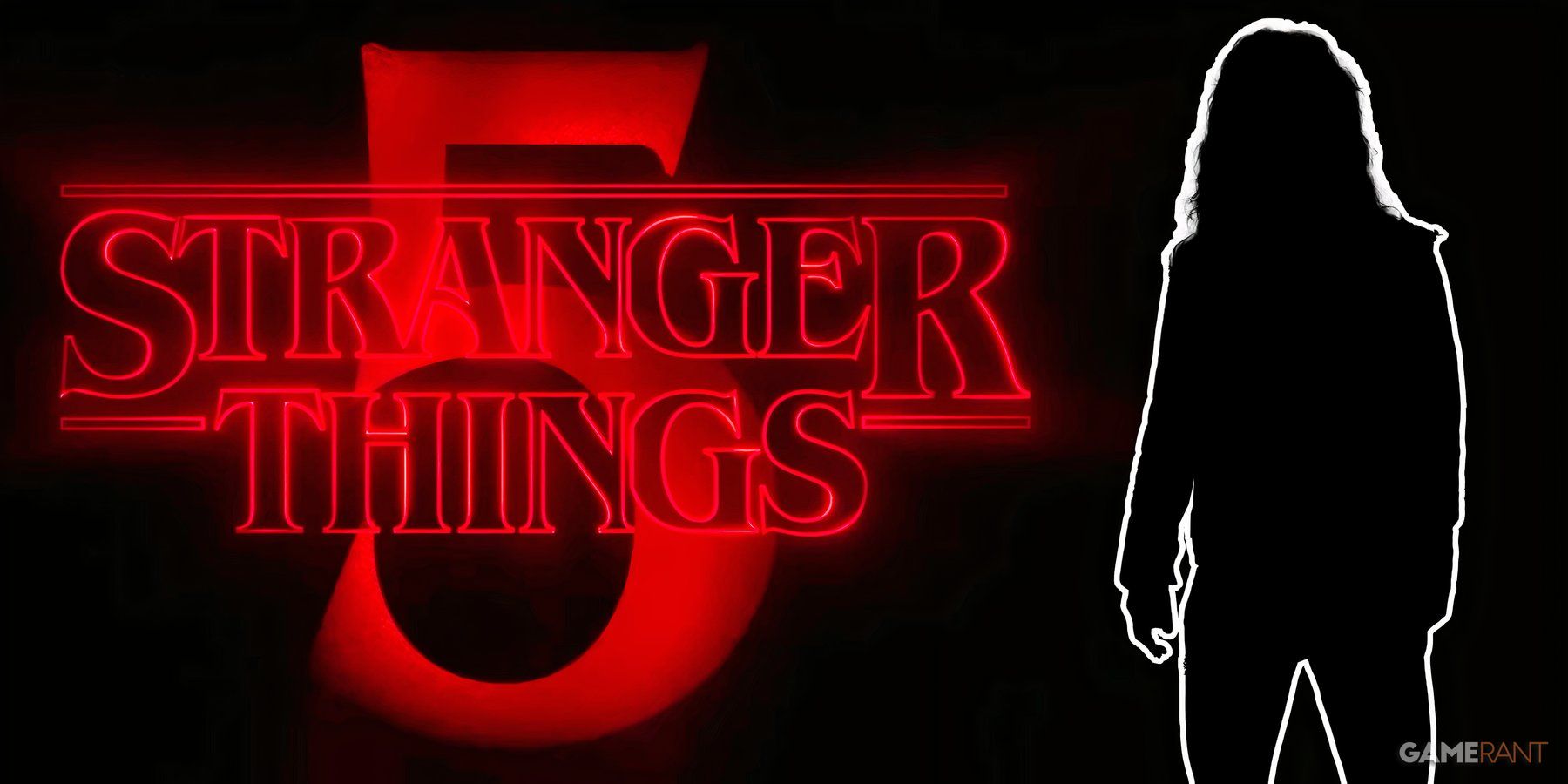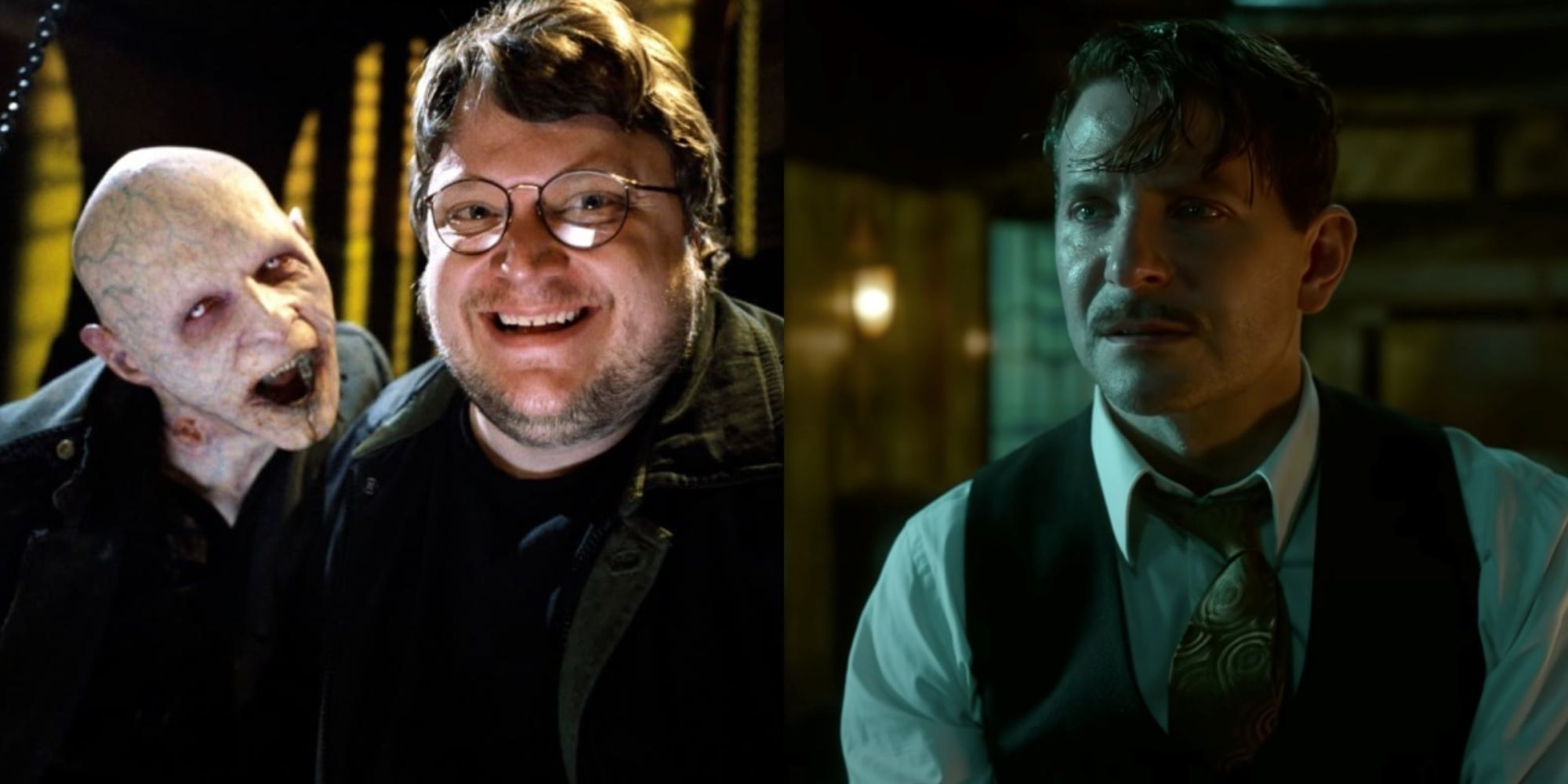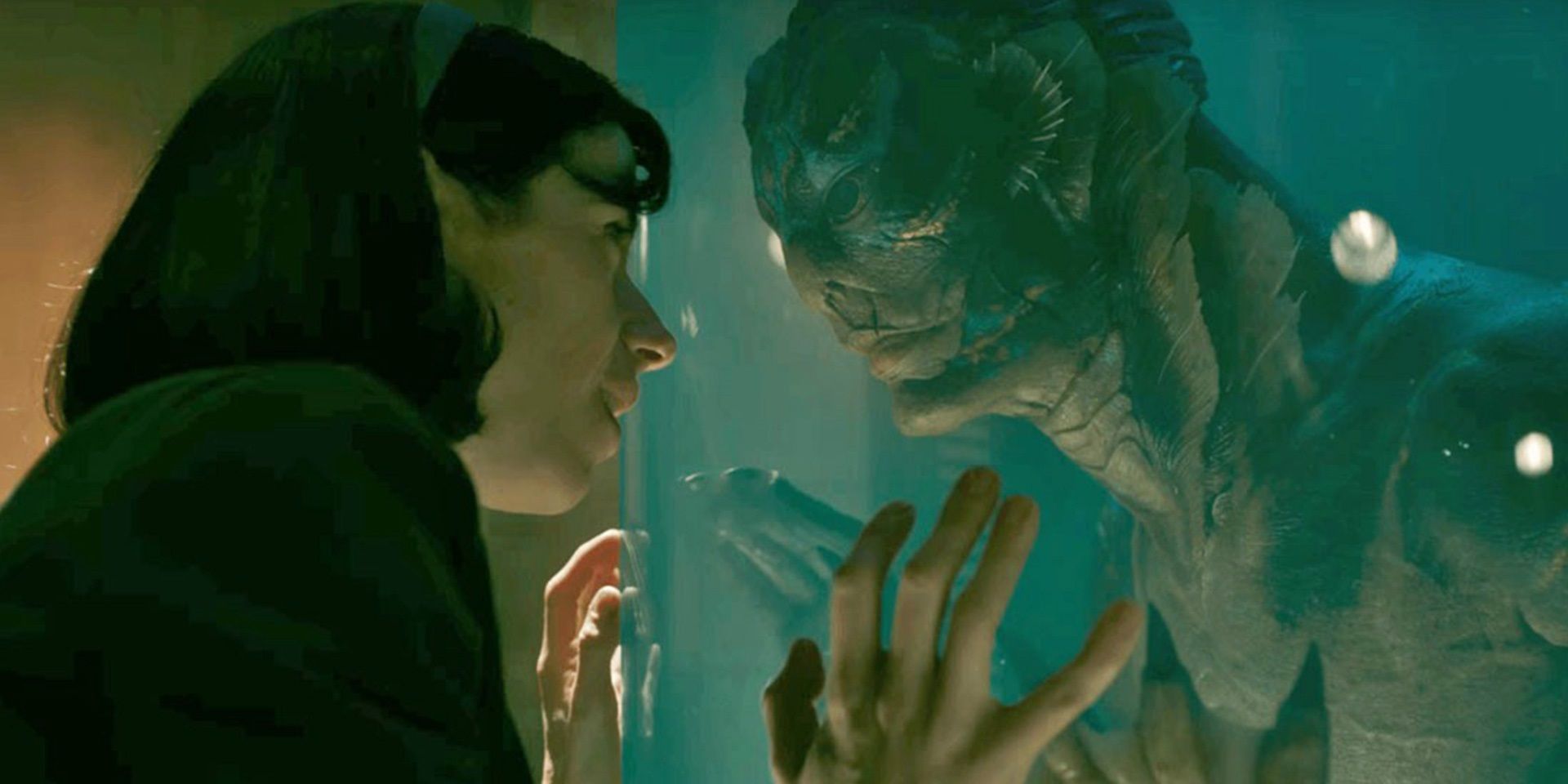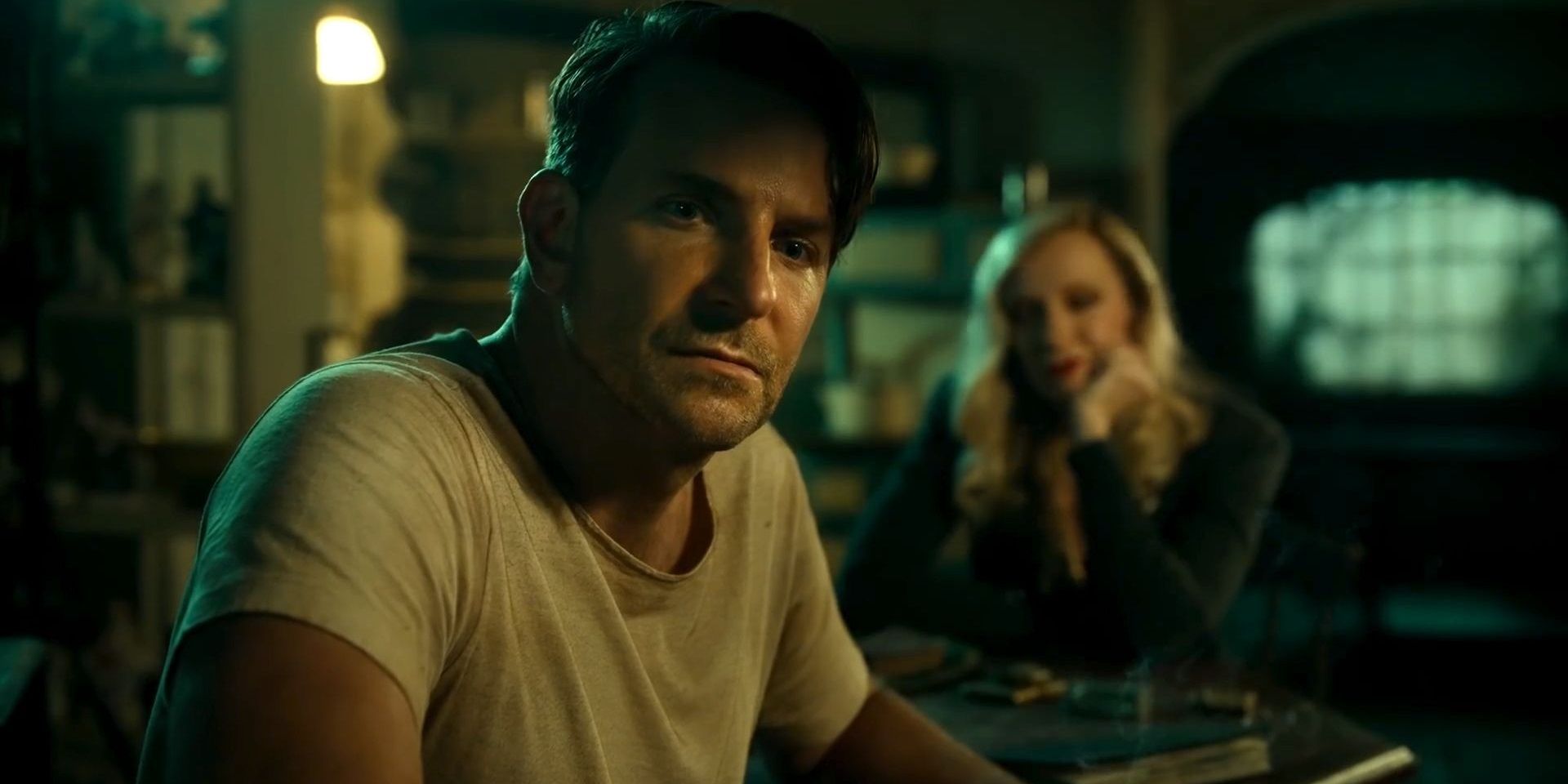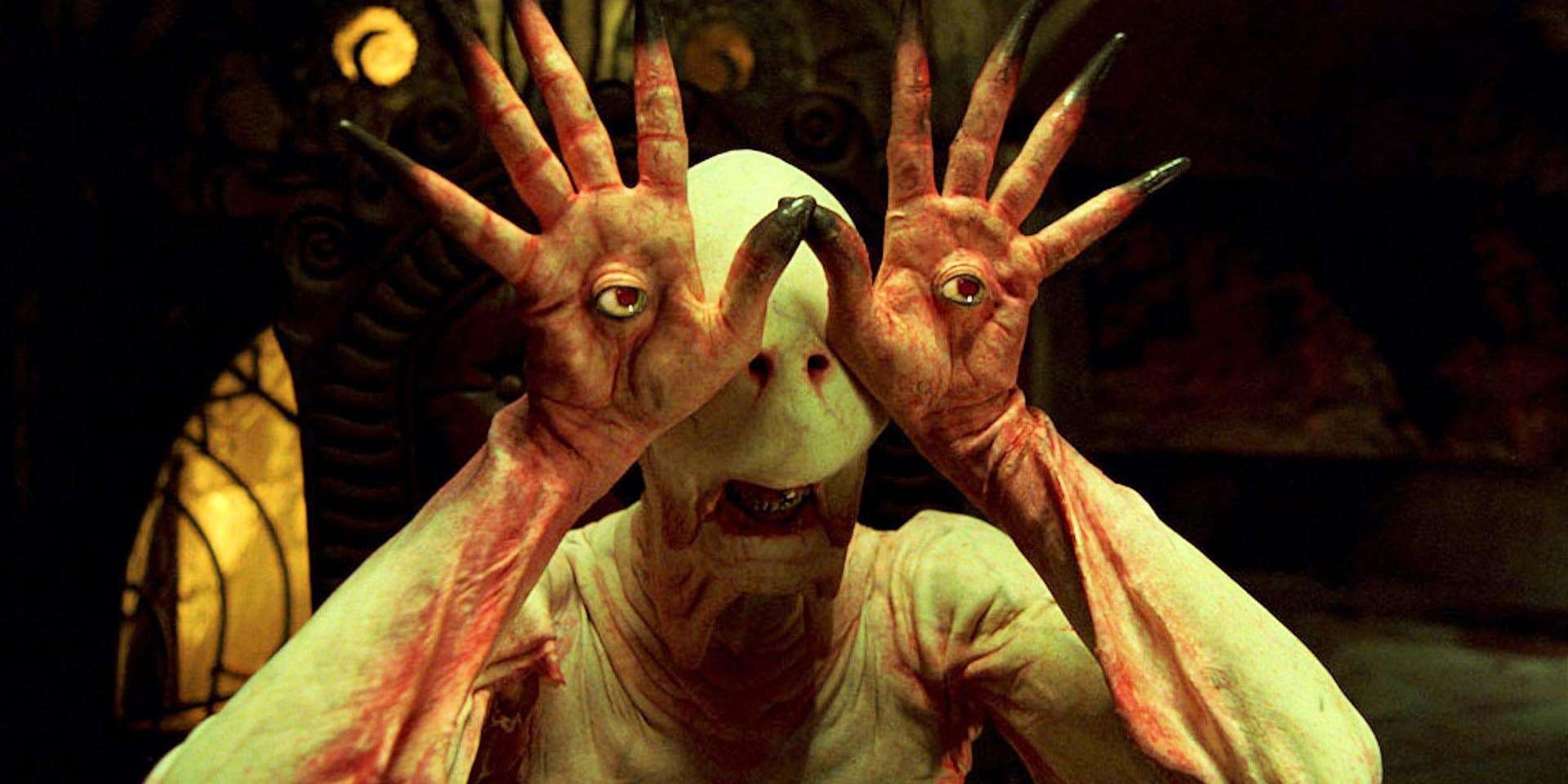Guillermo del Toro is one of the few genre filmmakers to be embraced by the Academy. Oscar voters usually dismiss the kind of pulpy, fantastical movies that del Toro makes, but his command of themes and visuals has made him an Academy favorite. Del Toro is a master of pushing poignant social commentary through horror stories. In The Devil’s Backbone and Pan’s Labyrinth, he used a ghost story and a fairy tale, respectively, to convey powerful political allegories surrounding the Spanish Civil War.
Del Toro’s unique filmmaking style is defined by a few recurring hallmarks, like disturbing imagery, gothic visuals (especially in Crimson Peak), and fully realized worlds. He finds the beauty in typically creepy or grotesque subject matter. In a recent interview with Marc Maron on the WTF podcast, del Toro named the two stories with the biggest influence on his career: Pinocchio (which he’s currently adapting for Netflix) and Frankenstein.
On the surface, Pinocchio and Frankenstein might seem like very different stories. One is a children’s book about a puppet who becomes a real boy and the other is a gothic horror novel about a mad scientist who reanimates body parts. But they’re linked by the universal theme that unifies all of del Toro’s movies: they’re about sympathetic monsters. Both Pinocchio and Frankenstein’s monster are strangers to human society – outsiders trying to fit in – and this trope can be seen all over del Toro’s filmography.
From An Amazonian Fish-Man To A Half-Vampire Vampire Slayer
Sympathetic monsters can be seen all throughout del Toro’s career. The Shape of Water, one of del Toro’s biggest hits, is a love story about the love between a janitor at a secret government facility and the Amazonian fish-man being housed there. It’s essentially a version of Creature from the Black Lagoon in which Kay Lawrence likes the Gill-man back. The giant mechanical beasts fighting interdimensional kaiju in Pacific Rim are piloted by human beings. In Charlie Hunnam’s opening voiceover, he explains, “To fight monsters, we created our own monsters.”
While he usually generates his own stories, del Toro has put his stamp on the comic book adaptation market. He directed Blade II, spearheaded Ron Perlman’s Hellboy franchise, and once developed a reboot of Bill Bixby’s Incredible Hulk series. It’s interesting that the three comic book characters del Toro has been drawn to adhere to the recurring archetype of the sympathetic monster: Blade is a half-vampire vampire slayer committed to wiping out his own kind (to avenge his mother), Hellboy is a demonic orphan who just wants to be accepted, and the Hulk is Marvel’s answer to Dr. Jekyll and Mr. Hyde, torn between a mild-mannered scientist and a mean, green killing machine.
Del Toro’s affinity for humanizing monsters was established way back in his indie debut feature, Cronos, in which a 450-year-old device that grants eternal life resurfaces in the modern world. Naturally, it’s not too long before this device gets into the wrong hands and the inherent human monster rears its head.
Nightmare Alley Fits The Bill
Del Toro’s most recent directorial effort, Nightmare Alley, has been called a departure from his usual style. The story is grounded in reality, with no supernatural elements (in fact, the absence of the supernatural is a major plot point as conniving carnies face the consequences for scamming their audience). Although it could be aptly described as a “horror noir,” from a visual standpoint, Nightmare Alley is lit and framed like a classical noir. But it still exhibits the defining hallmark of del Toro’s style. Bradley Cooper’s antihero, Stan Carlisle, is a quintessential del Toro monster.
Like all great noirs, Nightmare Alley is a character study. Stan’s greed, lust for power, and increasingly narrow-minded decision-making drive the plot forward. The movie doesn’t take a moral standpoint for or against Stan; it presents a rounded portrait of his dark psychology and lets the audience make up their own mind about him. Throughout the perfectly paced two-and-a-half-hour runtime, del Toro slowly peels back the layers. Flashbacks and impromptu therapy sessions reveal Stan’s worst mistakes, his worst personality traits, and also the worst traumas he has to live with.
The movie gives Stan three father figures and three maternal figures. Cate Blanchett’s pitch-perfect femme fatale Lilith is just as cunning and manipulative as he is, if not more. Richard Jenkins’ super-rich sadist Ezra offers an interesting counterpoint as a man who’s done some truly horrifying, reprehensible things and is now begging for forgiveness. An early scene involving a geek show establishes the central theme of the story: “Is he man, or beast?” The cruelty of Willem Dafoe’s carny ringleader is paid off beautifully in the haunting final scene, in which Tim Blake Nelson’s own carny boss offers Stan a “temporary” job. Cooper sticks the landing magnificently with this inevitable tragic ending, walking the line between despair and elation as he tells the carny boss, “I was born for it.”
Sympathizing With Monsters Without Glorifying Them
Just because a character is sympathetic, it doesn’t mean they’re likable. Del Toro doesn’t sympathize with murderers and monsters because he thinks what they do is okay; it’s because, no matter how awful they are, they’re still human. He doesn’t want the audience to like bad people; he simply wants the audience to understand why they are the way that they are. Stan is a terrible person in Nightmare Alley, but there are also plenty of hints that he was raised by terrible people in a terribly toxic environment. Even the most evil, remorseless war criminal – like Pan’s Labyrinth’s Captain Vidal – is still a human being.
Del Toro should be a role model for filmmakers. Nightmare Alley is the latest in a long line of masterfully crafted movies that have proven that del Toro is a true visionary who follows his passions, never compromises his vision, fleshes out every tiny detail, and sets out to make the specific kind of movies that he wants to see.

